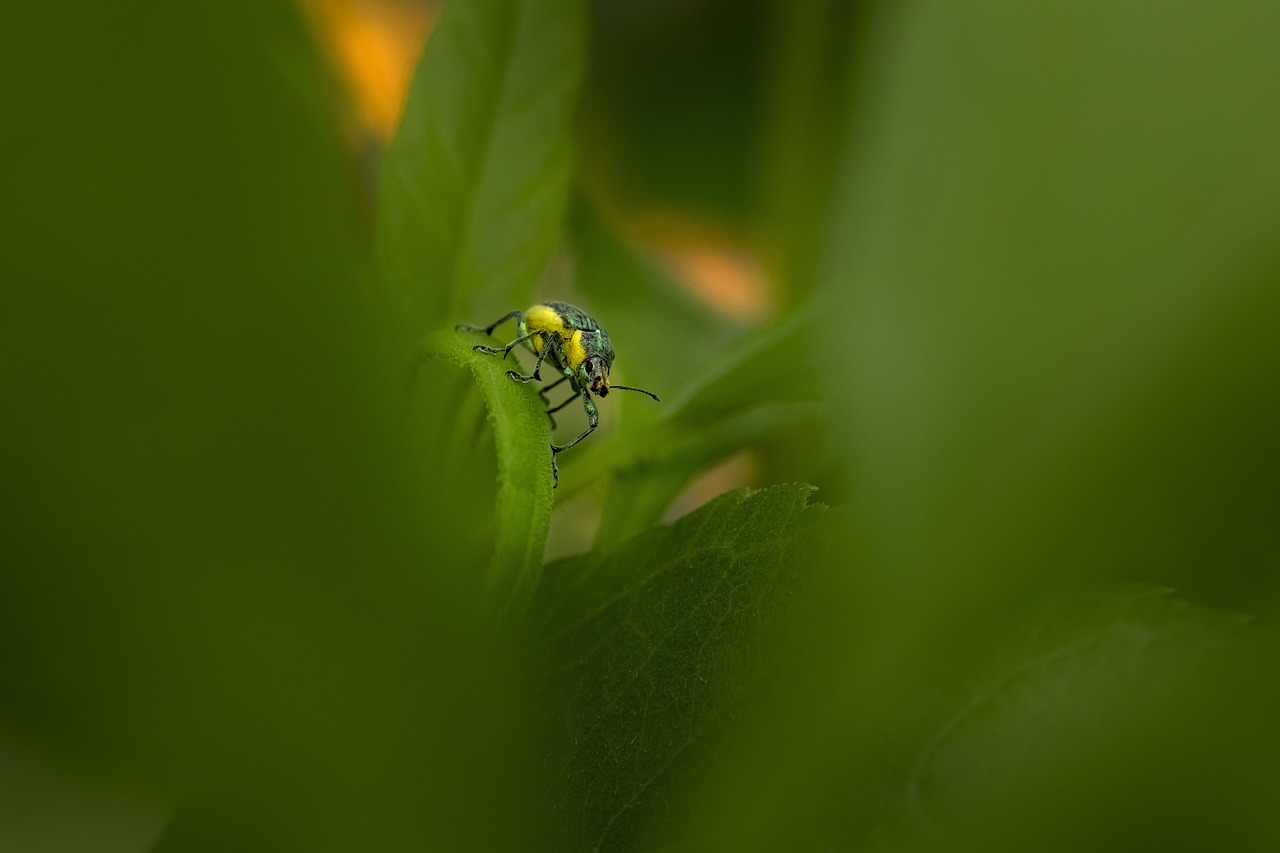Chlorophanus viridis, commonly known as the Green Weevil, is a species of beetle belonging to the family Curculionidae. This beetle is known for its vibrant green coloration and distinctive body shape.
Appearance
- Size: The green weevil typically measures about 5 to 8 millimeters in length.
- Coloration: As its name suggests, the beetle is predominantly green, often with a metallic sheen. The color can vary slightly depending on the individual and environmental factors.
- Body Shape: The beetle has an elongated, slightly curved body. It has a characteristic snout (rostrum), which is common among weevils. The antennae are elbowed and arise from the rostrum.
Habitat
- Preferred Habitats: Green weevils are commonly found in various habitats, including forests, grasslands, and agricultural areas. They are often associated with host plants on which they feed.
- Geographic Range: Chlorophanus viridis is widely distributed across Europe, Asia, and parts of North America.
Behavior
- Diet: Adults feed on the leaves of various plants, including trees and shrubs. Larvae typically feed on plant roots or decaying plant material in the soil.
- Reproduction: Females lay eggs on or near host plants. The larvae develop in the soil or within plant tissues, depending on the species.
- Activity: These beetles are most active during the warmer months, usually from late spring to early autumn.
Interesting Facts
- Camouflage: The green coloration provides excellent camouflage among the leaves and foliage, helping the beetle avoid predators.
- Economic Impact: In some areas, green weevils can be considered pests, especially if they feed on crops or ornamental plants. However, they are generally not a major threat.
- Life Cycle: The life cycle of the green weevil includes egg, larval, pupal, and adult stages, with the larvae often causing more damage to plants than the adults.
Conservation Status
- Population: Chlorophanus viridis is not currently considered threatened and is relatively common within its range.
- Conservation Efforts: Maintaining healthy ecosystems with diverse plant species supports the populations of these beetles.
Identification Tips
- Coloration: Look for the vibrant green, sometimes metallic, coloration which is the most distinguishing feature of this beetle.
- Size and Shape: Note the small to medium size and the characteristic elongated body with a curved snout.
- Habitat: Found in a variety of habitats, often on or near host plants.
Summary
Chlorophanus viridis, the Green Weevil, is a visually striking beetle known for its bright green coloration and distinctive shape. Found across Europe, Asia, and parts of North America, this beetle is commonly seen on various plants. While generally not a major pest, its larvae can sometimes cause damage to plants. Its vibrant appearance and interesting behaviors make it a notable species within its habitat.
Visited 878 times, 5 visit(s) today
Views: 1225
Subscribe to the newsletter:
